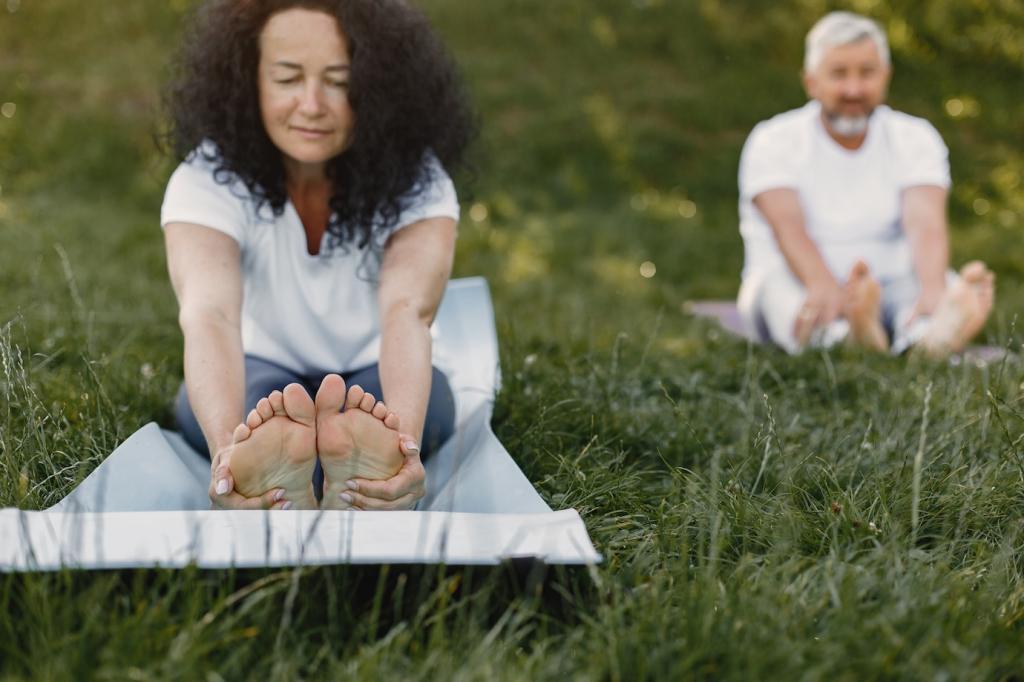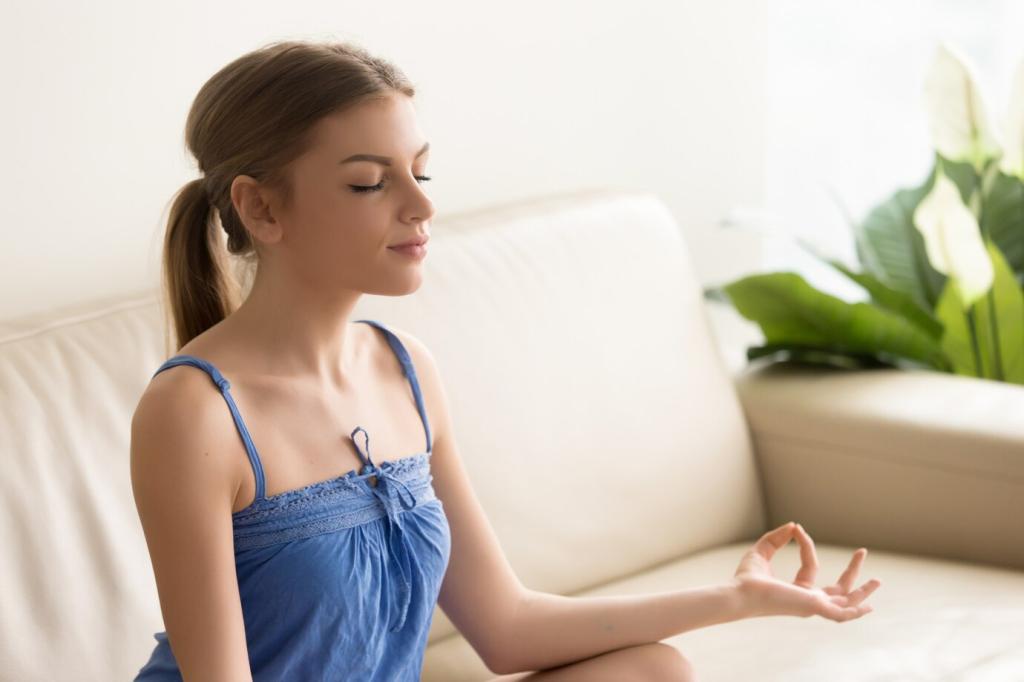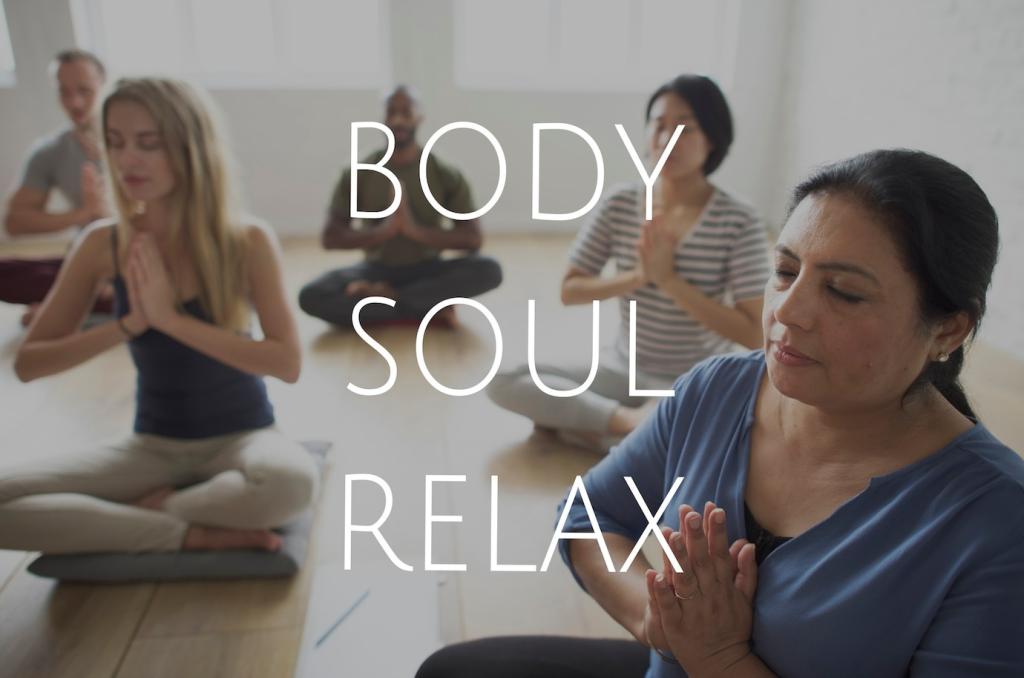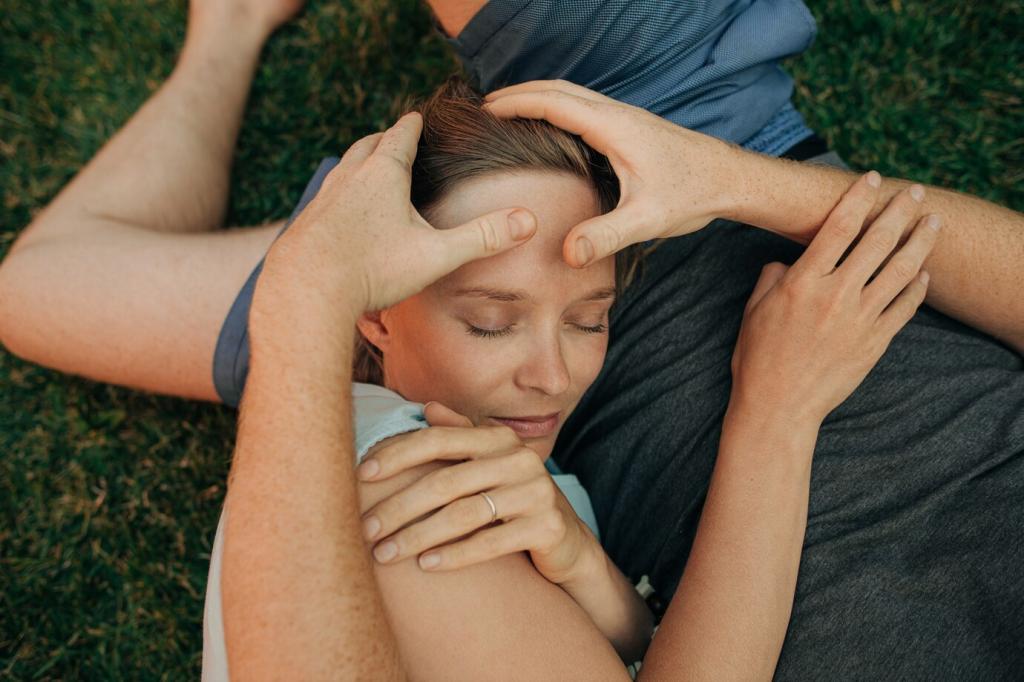Stories from the Mat: Little Moments, Big Relief
Maya used to arrive home wired and snappy. She began five Cat-Cows, a gentle twist, and three minutes of breath counting the second she walked in. Two weeks later, her partner noticed more laughter at dinner. What evening ritual helps you shed the day?
Stories from the Mat: Little Moments, Big Relief
Sam kept postponing self-care until life forced a break. Now Sundays start with a short flow and ten quiet breaths by a window. That ritual turned Monday mornings from dread into focus. If you try a Sunday reset, tell us what song or scent sets the tone.








